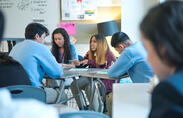Acknowledging the Past to Shape the Present
Learn about two initiatives aimed at confronting past violence and reflect on how facing the past can help shape a better future.
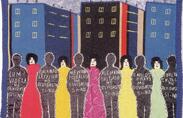
To Kill a Mockingbird
Six-year-old Scout is forced to face a new, frightening side of her rural southern town when her attorney father defends a black man accused of raping a white woman.
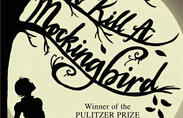
Exploring the Relationship between Scout/Jean Louise and Calpurnia
Students broaden their understanding of the relationship between Scout and Calpurnia by pairing scenes from Harper Lee’s two novels with a historical account from a Southern domestic worker.
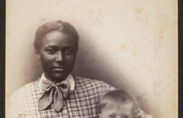
Race and Social Change: Atticus and His Historical Contemporaries
Students analyze Atticus' character in Go Set a Watchman in historical context by reading primary sources that illuminate the ways many white southerners reacted to the prospect of social change.
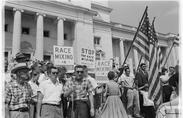
Maycomb's Ways: Setting as Moral Universe
Students explore how race, class, and gender create the moral universe that the characters inhabit in To Kill a Mockingbird.
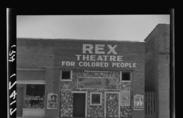
Scout as Narrator: The Impact of Point of View
Students consider how Harper Lee’s decision to tell To Kill a Mockingbird through the eyes of young Scout impacts readers' understanding of the novel.

Moral Growth: A Framework for Character Analysis
Students connect the moral development of To Kill a Mockingbird's central characters to the moments in their lives that have shaped their sense of right and wrong.
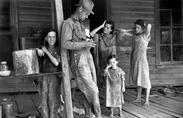
Interracial Democracy
Through a video-based activity, students explore how Radical Reconstruction changed the nature of voting rights and democracy in the South.
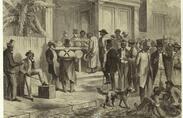
Teaching Mockingbird
Learn how to incorporate civic education, ethical reflection and historical context into a literary exploration of Harper Lee's novel, To Kill A Mockingbird.

The Impact of Identity
Students explore how identity impacts our responses to other people and events by examining a cartoon and analyzing an opinion poll from a week after Ferguson.
